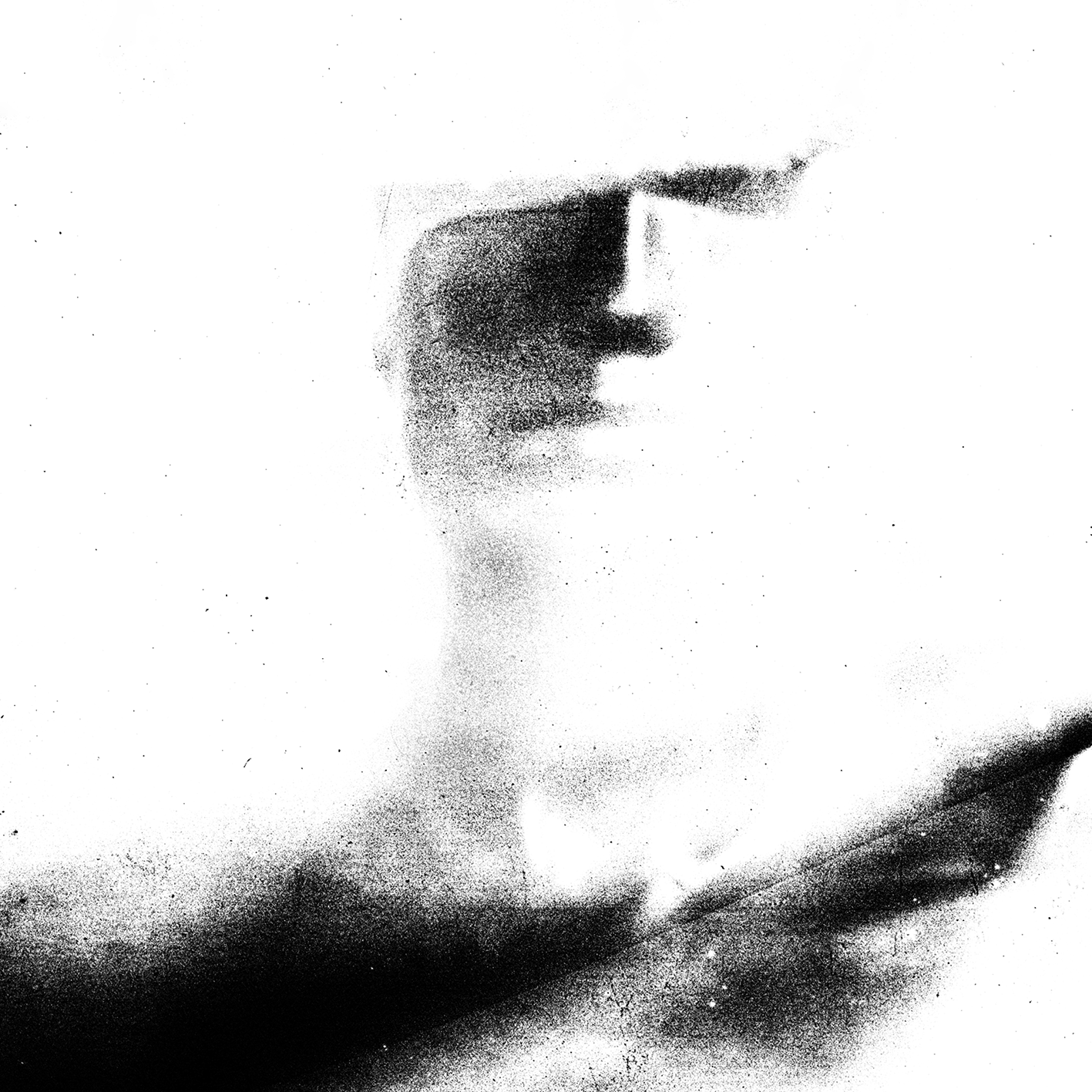New Art Tools, Evolution or Revolution?
Art has historically mirrored its era, with each significant cultural or societal shift sparking new directions in artistic expression. The early 20th century stands as an example, аfter the First World War, revolutionary art movements rejected traditional aesthetics and redefined art’s role. Futurism glorified the dynamism of modernity, celebrating speed, industry, and the machine age. In stark contrast, Dadaism responded to the absurdity of war with anti-art that sought to disrupt and provoke, embracing chaos over logic. Meanwhile, Bauhaus merged art, design, and functionality, championing simplicity and a break from decorative traditions. These movements were not merely stylistic innovations but reflections of deep philosophical and cultural transformations.
The Role of Modern Tools in Art
Today, the digital and AI age has brought tools with unlimited capabilities cameras, AI-driven software, and augmented reality have democratized artistic creation, enabling almost anyone to participate. For now, these new tools only imitate traditional art. Digital photography and editing tools imitate the look of analog photography such as the graininess of photo film or the imperfections of darkroom processing. AI art generators analyze existing styles to produce works that mimic classical or contemporary aesthetics, yet these outputs are inherently derivative. Even in filmmaking and music, modern tools often emulate analog warmth and textures. The critical distinction lies in purpose. Where Futurism or Bauhaus sought to redefine the essence of art in their time, modern tools predominantly refine and reproduce the past. Their influence is one of evolution enhancing accessibility, efficiency, and precision but they fall short of fostering a paradigm shift in artistic thinking.
Evolution or Revolution?
New technologies expand access to creativity and allow for the hybridization of styles, they have unlimited capabilities but have not sparked a revolution in art. Instead, they represent an extension of the analog traditions. The reason may lie in technological progress itself. Unlike the cultural and philosophical upheavals that inspired past revolutions, modern tools prioritize imitation and optimization. This reflects a broader societal tendency to valorize efficiency over exploration. After all, although the tools are new, they did not bring anything new to the art. They refine, imitate, and enhance, but they do not redefine. If a true artistic revolution is to emerge, it will require not only new tools but also a new way of seeing and interpreting the world, something that technology alone cannot provide.

